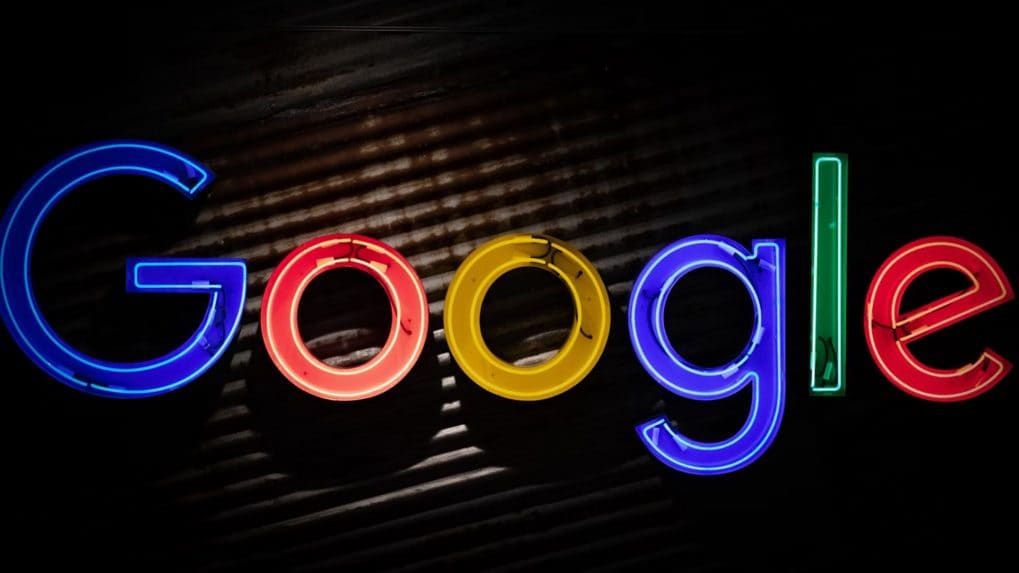Advertising
Co-lead or crown? Tussle for Omnicom–IPG leadership race in India heats up

Google will expand ads within its AI-powered search experiences to India later this year, aiming to monetize its generative AI tools in its largest user market.
The company said ads will appear within AI Overviews, its AI-generated search summaries, on desktop and mobile, labeled as “Sponsored,” when relevant to user queries. The move follows tests in the US and comes alongside the rollout of AI Mode, Google’s answer-engine search experience, in India.
“At a time when people discover and make decisions in new ways, this expansion gives businesses more opportunities to reach audiences,” said Dan Taylor, Google’s Vice President of Global Ads, at Google Marketing Live India.
Advertisers using Performance Max, Shopping, Search, and AI Max campaigns will be eligible to place ads in AI Overviews and AI Mode. Google is also launching “Generated For You” in Product Studio, which uses AI to create images and videos for campaigns across Google platforms.
The company previewed “agentic” AI tools for Google Ads and Analytics that will suggest keywords, audiences, and insights to optimize campaigns automatically.
On YouTube, Google is rolling out shoppable connected TV ads and mobile mastheads in India, tapping into what it says is the most-watched streaming platform on televisions in the country.
Early tests of Google’s new AI ad tools have shown promise, with Cashify reporting a 15 percent increase in conversions, and Swiggy cutting re-engagement costs by nearly two-thirds using Retention Mode.
India remains critical for Google’s future growth, with gross ad revenues rising 11.3 percent year-on-year to ₹31,221 crore in FY24.
According to LinkedIn’s research with over 1,700 B2B tech buyers, video storytelling has emerged as the most trusted, engaging, and effective format for B2B marketers. But what’s driving this shift towards video in B2B? (Image Source: Unsplash)
Read MoreDiscover Arattai, Zoho’s made-in-India messaging app. Features, privacy, user growth, and how it compares to WhatsApp in 2025.